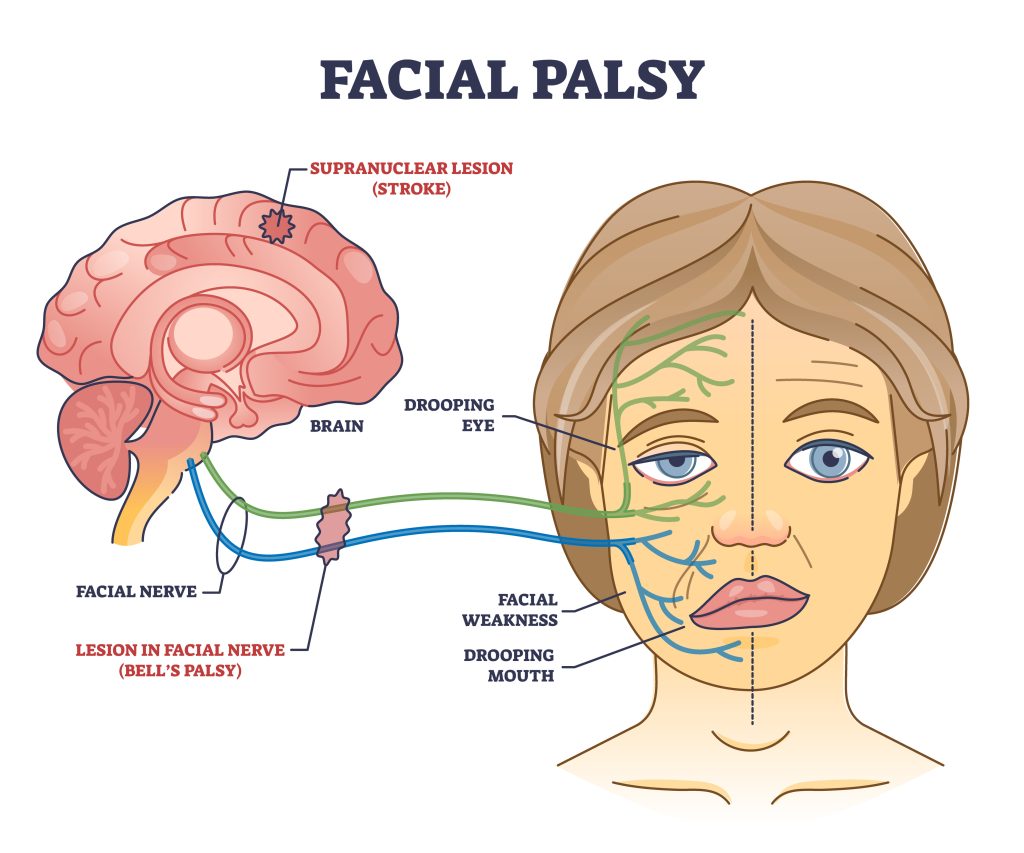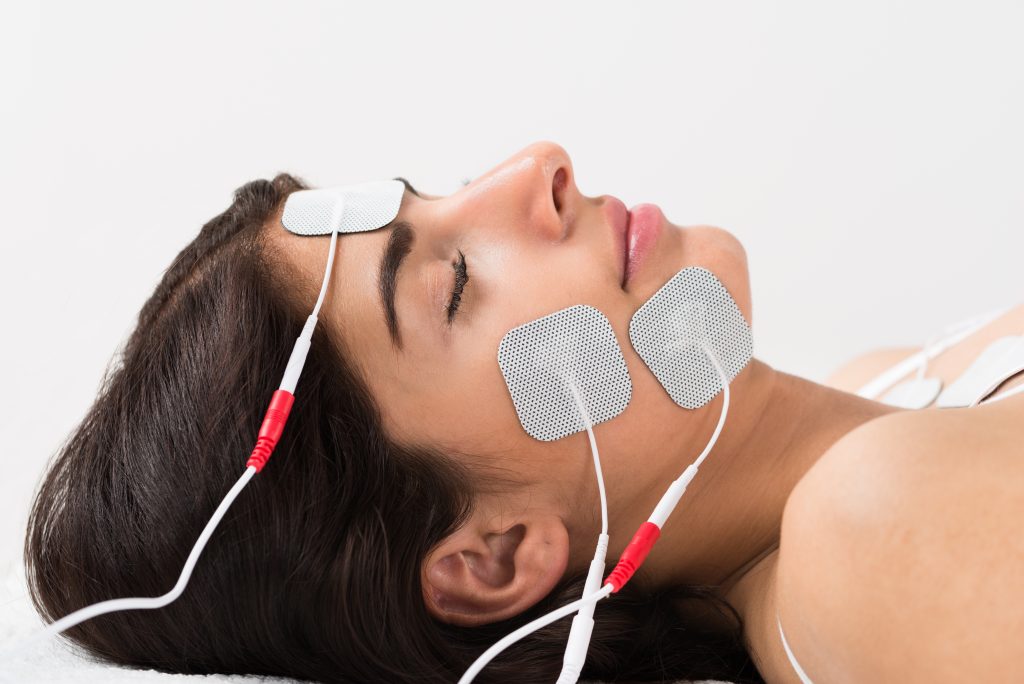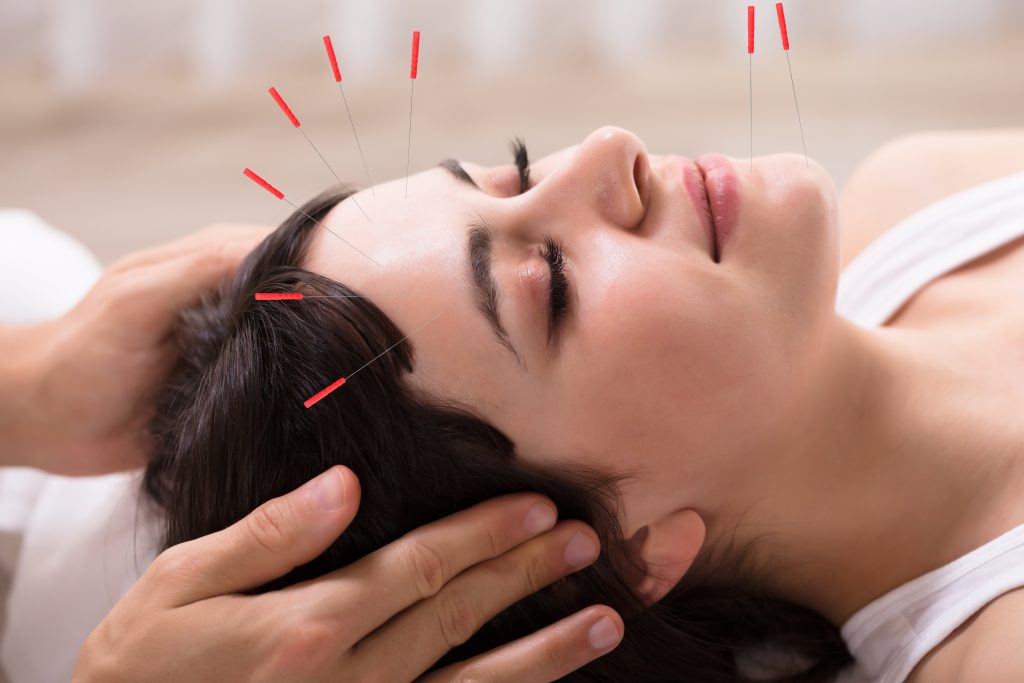
As the name implies, bell’s palsy is a common condition, and many misconceptions exist. Learn more about the causes, symptoms, and treatment options of bell’s palsy.
What Is Bell’s Palsy?
Bell’s palsy refers to a temporary paralysis on one side of the face. Paralysis can also be on both sides of the face (bilateral), which is rare. It affects the facial nerve. This nerve has sensory, motor, and parasympathetic functions, which control the movements of the muscles on your face.
Causes
The exact cause of bell’s palsy is unknown. Research suggests it involves inflammation or infection, including herpes simplex virus, chicken pox, and autoimmune disorders. People with the condition are most likely to develop it between 30 and 50 years old. The prevalence of this condition is three times higher in women than in men.
Symptoms
In most cases of bell’s palsy, the onset is a sudden weakness or inability to move one side of the face. It affects one side of the face completely. Occasionally the symptoms appear after a period of high stress or reduced immunity. Sometimes they appear unexpectedly and progress fast over a few hours.
Other symptoms may include:
- A slight fever
- Pain and ringing in the ear on the same side as your affected eye
- Facial sagging/drooping
- Difficulty producing facial expressions, such as closing the eye or smiling
- Not being able to close one or both eyes fully.
- Having trouble chewing and swallowing
- Drooling
- Crocodile tears
- Decreased taste sensation
- Dryness of the eyes or eye irritation
- Difficulty speaking as a result of weakness in the mouth
When To See A Doctor?
If you have these symptoms, you should see a doctor as soon as possible. The reason is that bell’s palsy treatment works better if it starts early, within 72 hours.
How To Diagnose Bell’s Palsy?
Your doctor may be able to make an initial diagnosis by looking at your face. They will ask you, for example, to close your eyes, lift your brow, show your teeth, frown, or smile.
Your doctor may also suggest further diagnostic testing. This procedure rules out severe illnesses like tumors or a stroke.
- Electromyography (EMG). When performed, this test can diagnose and show the extent of nerve injury. It detects and records electrical activity within a muscle in response to a stimulus.
- If diabetes or an infection is present, a blood test may help narrow down the causes.
- MRI can look for other nerves and rule out structural reasons for a strain on the facial nerve.
In the absence of any other possible causes by diagnostic tests, your doctor will diagnose bell’s palsy. They will recommend you to a physical therapist afterward.
Physical Therapy
Your physical therapist will make an initial assessment and evaluate your facial movements:
- Facial expressions
- Frowning
- Wrinkling of the forehead
- Lip closure
- Eye movements (opening/closing)
- Movement of the jaw and mouth
- Eyebrow movement
- Ability to pucker lips
- Ability to raise or lower the lips
- Smiling
- Blowing
After evaluating you, your PT will create a personalized therapy plan.
Eye Protection
The inability to blink due to bell’s palsy increases the risk of eye discomfort and dryness. It is essential to protect the eye and keep it moist, especially at night. Eye drops that lubricate the eyes, like eye ointments or gels, and eye patches can also help. You can also use surgical tape to keep your eyes closed.
Low-Level Laser Therapy (LLLT)
This procedure has several biological effects when they interact with tissues. Such as making nerve structures better able to repair themselves. When this laser treatment for nerves begins early, it works faster and better. It makes your muscles work better to help you drink and talk. This procedure should be done on opposite days from your acupuncture appointment.
Range Of Motion Exercises

Your physical therapist will start with facial exercises that will initiate facial movement. They will show you how to position your face to make it easier to trigger facial movements. This will ensure that the patient can do facial exercises to help paralyzed areas of the face. Do your exercise in front of a mirror to get instant feedback on your progress.
Massage (Effleurage)
Facial massage can help keep muscles flexible. It also allows nerves to heal without losing muscle function. You may use a loose powder or essential oils for the massage.
Electrotherapy (TENS)
Bell’s palsy pain can be treated with a TENS unit. Electrode pads are placed on the back, close to where the pain is. Your therapist will use a pen electrode to stimulate motor points on your face. It is called a pen electrode because it looks like a pen with a small, round electrode at the end. The round electrode is covered with cotton. TENS works by sending soothing pulses through the pads and along the nerve fibers.

Medications
- Starting medication such as prednisone a few days after the onset of symptoms may increase effectiveness. A full recovery is likely increased if corticosteroid treatment is initiated early.
- Painkillers, including aspirin, acetaminophen, and ibuprofen, can help.
- In addition to steroids, antiviral medications may improve facial function recovery.
OTC drugs can interact with prescription drugs, so users should check with their doctors before taking them.
Alternative Treatment

Acupuncture: A certified acupuncturist will put thin needles into a specific spot on your skin to help stimulate nerves and muscles. This procedure may give you some relief. It can help to regulate nerve channels, make damaged nerves more excitable, and speed up nerve fiber regeneration. This procedure should be done on opposite days from your laser treatment.
Recovery
Those who suffer from bell’s palsy can expect a favorable prognosis. The duration of time needed to recover depends on the extent of the nerve damage. You may start to feel better in as little as two to three weeks if the nerve damage is relatively minor. However, if the nerve damage was more extensive, it might take up to six months before any improvement was seen. In unusual circumstances, symptoms may last indefinitely.
A Note From Gulf Physio
We hope you’ve enjoyed learning about the subject matter above. This blog post is not a substitute for medical advice. The author cannot guarantee the accuracy of the information presented. If you have any questions or concerns, please consult a healthcare professional. All decisions and actions you make are your own. No one involved in making this resource is liable for its use.



